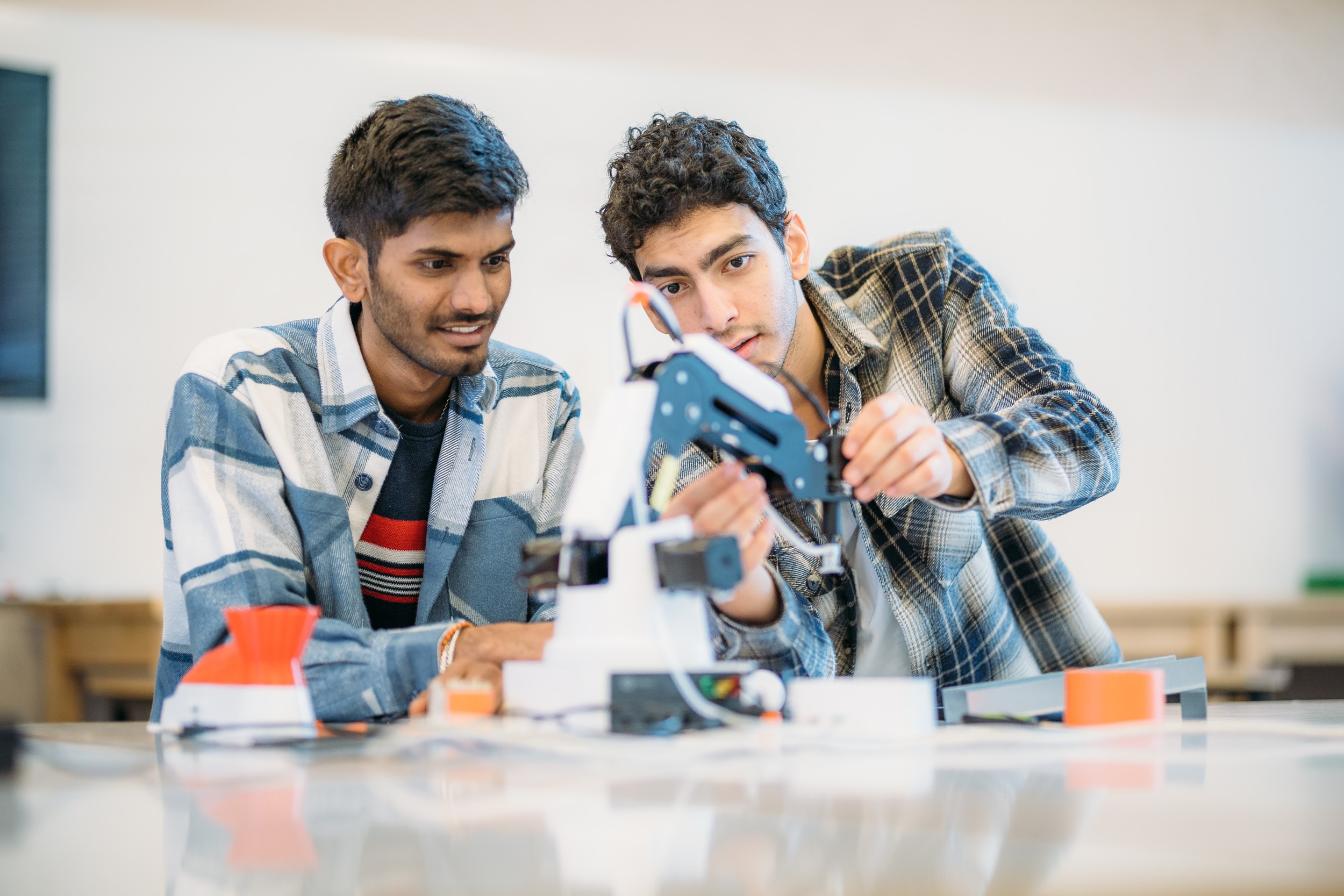
Studying in Research Group
Do you want to gain experience in business world collaboration and work together with innovation and research experts? Apply to join a research project!
First steps
Explore the activities of research units and research groups on HAMK’s website or in Viva Engage.
Contact the research unit you are primarily interested in. You can call or send an email. Tell them what you are interested in, and we can continue the discussion on how to integrate the research project into your studies.
Discuss research group collaboration and its objectives with your teacher. Agree on how the collaboration contributes to your studies (credits), among other things.
Instructions for the studies in research
Before starting work in the research unit, the student, teacher, and supervising researcher should go through the basics.
Working in the research unit includes the opportunity to earn academic credits when following these guidelines:
Research Unit Work (student and research unit)
- Agree on when the work will take place.
- Agree on the tasks the student will perform during the work (research work).
- The copyrights to the material gathered during the work belong to the research unit. The research unit commits to guiding the student in all stages of the work. The student commits to following the given work instructions, sticking to the agreed-upon schedule, and reporting any factors observed during the work that may affect the research results.
- The research unit prepares an appropriate work certificate for the work.
Academic Recognition of Research Unit Work (student, research unit, and teacher)
- Before starting the work, define the goals of the work from the perspective of studies (academic recognition). Agree on how the work may contribute to the studies (academic credits).
- For academic recognition, name the working period and place it appropriately in the student’s studies. The academic recognition of the work is assessed according to HAMK’s study assessment guidelines.
- If the academically recognized work meets the requirements of higher education studies, it can later be credited in a higher education degree program. In the student records, this can be documented so that the master’s degree level appears on the academic transcript. An example of the text to be included in the work certificate related to completing master’s level studies: The research unit work included planning, data collection, and analysis. The scope of the work was 5 ECTS (135 hours), equivalent to NQF level 7 (master’s degree level).